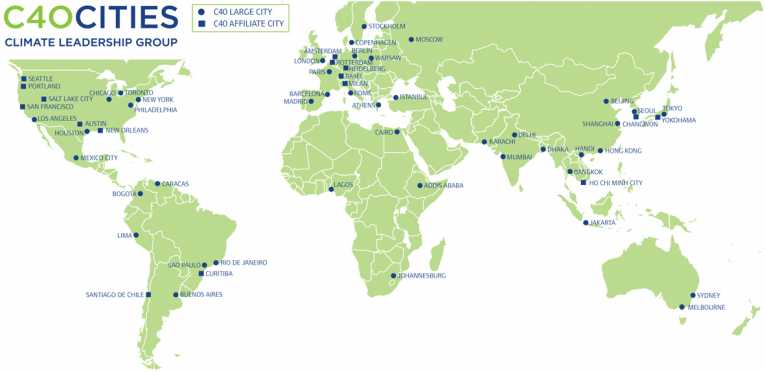For the first time the world's largest cities have got together to examine how these enormous human settlements affect the climate and what can be done to minimise the harm they do.
The C40 group of so-called megacities met in Sao Paolo with mayors of some of the world's major population centres gathering to try and find a way to build a low carbon future.
In North America, the megacities include Los Angeles, New York and Chicago. South American megacities include Mexico City, Lima and host city Sao Paolo. From Europe come the leaders of cities including Madrid, Paris and London. Addis Ababa, Cairo and Lagos represent Africa while from Asia the cities represented include Tokyo, Bangkok, Beijing and Mumbai.
"I firmly believe that if you can't measure it, you can't manage it," said C40 Chair, New York City Mayor Michael R. Bloomberg. "That is true in business and it is true in government. Only by regularly and rigorously measuring and analyzing our efforts can we learn what works, what doesn't and why, and take effective action."
One in 12 of us live in the 58 largest C40 cities, producing 12% of the world's CO2 emissions and 21% of global economic output measured as GDP.
The first actions of the group were to set up studies on their carbon emissions: CDPCDP Cities 2011: Global Report on C40 Cities and Climate Action in Megacities and C40 Cities Baseline and Opportunities.
These baseline measures will allow city leaders to set targets for emission reduction and asses how well they are doing on a global scale.










